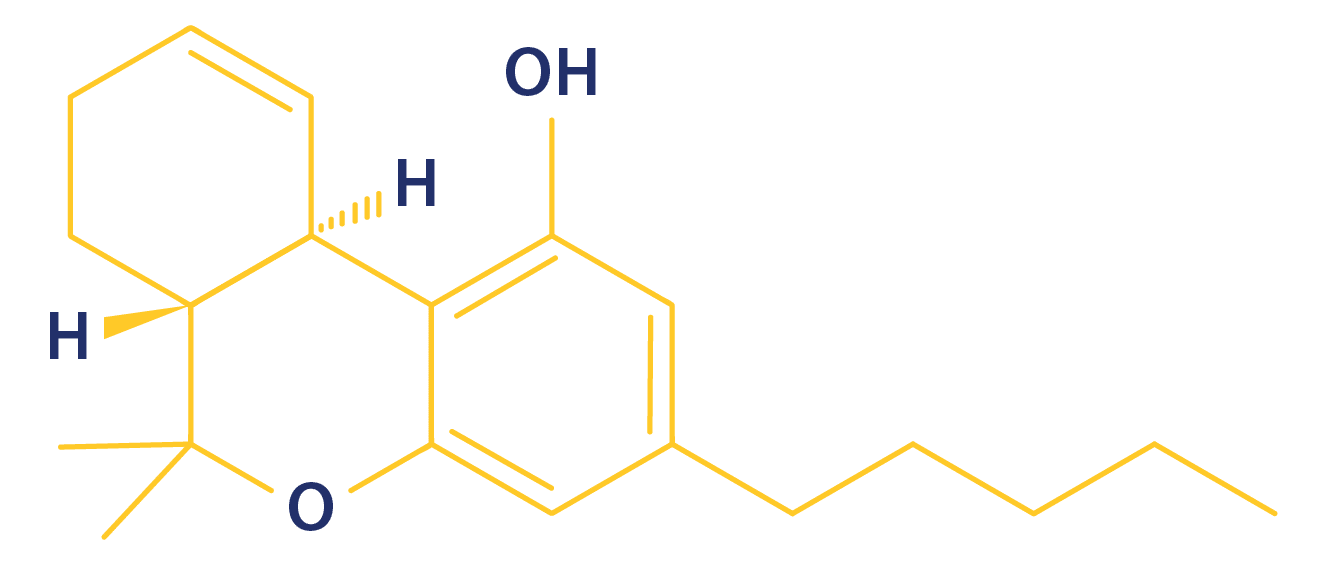Drug Metabolites

Drug Metabolism
The textbook definition of metabolism states that it refers to “a set of biochemical processes within any living organism that allows that living organism to grow, reproduce, repair damage and respond to its environment.”
Drug metabolism on the other hand specifically refers to the chemical alteration that any drug undergoes inside the body. When a drug enters the body, it gets altered (metabolized). This alteration results in other substances called drug metabolites. These drug metabolites may either be inactive or they may be similar or different from the original drug (parent drug) in terms of toxicity or therapeutic activity.
Metabolites may undergo further metabolism instead of being expelled from the body directly. The liver is the center for drug metabolism and most drugs must pass thru there. When drugs get into the liver, enzymes will convert pro drugs into active metabolites or convert active drugs into their inactive form.
The liver’s main metabolizing agent is a specific group of cytochrome P-450 enzymes. These enzymes have a limited capacity so when levels of a drug in the blood are high, the enzymes become overloaded. Many other substances like food and other drugs affect these cytochrome P-450 enzymes. When they are at decreased ability to break down a drug, that drug’s side effects are increased. Conversely if other substances increase the ability of the enzymes to break down a drug, that drug’s side effects are decreased.
Some metabolites stay in the body long after the parent drug has been expelled from the system. Therefore, there is a higher probability of getting a positive result by looking for the metabolites instead of the parent drug. In the drug testing industry, many drug tests will look for the presence of certain drug metabolites as a reliable indicator that a person used the “parent drug” of that metabolite.
List of Common Drugs of Abuse and Their Metabolites
Drug Major Metabolite Methamphetamine Amphetamine Barbiturates: Amobarbital 3-Hydroxy-amobarbital Pentobarbital 3-Hydroxy-pentobarbital Phenobarbital p-Hydroxy-phenobarbitala Secobarbital 3-Hydroxysecobarbital Benzodiazepines: Alprazolam 4-Hydroxy-alprazolam, α-hydroxy-alprazolam Clonazepam 7-Aminoclonazepam Diazepam Oxazepama, nor-diazepam Lorazepam Conjugated with glucuronic acid Triazolam 4-Hydroxy-triazolam α-hydroxy-triazolam Cocaine Benzoylecgonine, Ecgonine Methyl ester, Nor-cocaine Opiates (Natural and Synthetic): Heroin 6-Monoacetylmorphine, morphinea Codeine Morphine, morphine-3-glucuronide Morphine Morphine-3-glucuronide Hydrocodone Hydromorphone Oxycodone Oxymorphone Methadone 2-Ethylidene-1,5-dimethyl-3,3-diphenyl pyrrolidine (EDDP) and 2-ethyl-5-methyl-3,3-diphenylpyrrolidine (EMDP) Phencyclidine cis- and trans-1-(1-phenyl-4-hydroxycy-clohexyl)piperidine Propoxyphene Nor-propoxyphene Marijuana (THC) 11-Nor-9-carboxy-9-tetrahydrocannabinola (THC-COOH)

